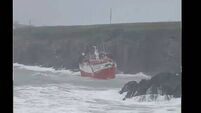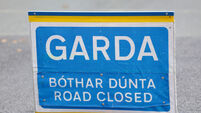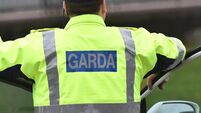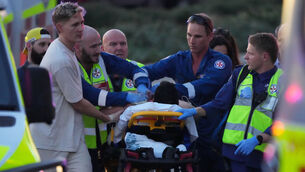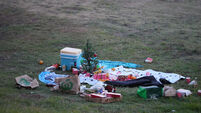Commemorative events to pay tribute to 'overlooked' Cork republican
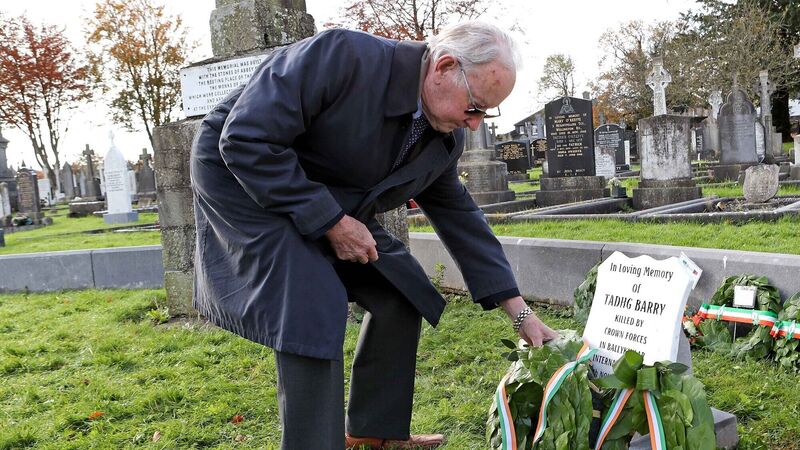
Barry O'Shea, grandnephew of Tadhg Barry, lays a wreath at St Finbarrs Cemetery, Cork. Picture: Jim Coughlan
A key figure in Ireland’s struggle for independence has been honoured in his native city with a series of commemorative events to mark the centenary of his death.
Alderman Tadhg Barry was 41 when he was shot dead by a teenage British sentry at Ballykinlar internment camp in Co Down, on November 15, 1921.
He was one of the last prominent Republicans to be killed by Crown forces and tragically, it occurred shortly before his intended release under the truce preceding the signing of the Anglo-Irish Treaty the following month.
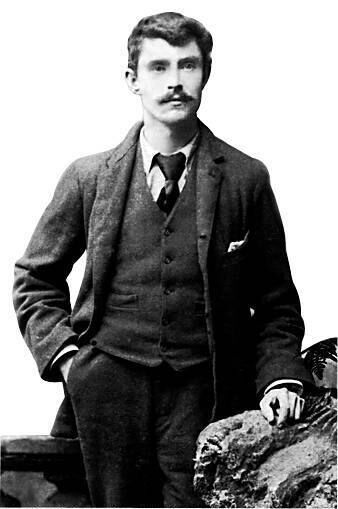
An estimated 250,000 people lined the streets of Dublin for his funeral cortege, including Michael Collins, who came home during a break in the Treaty negotiations, while tens of thousands more lined the streets of Cork as his body was carried through his native city for burial at St Finbarr’s cemetery. His funeral was larger than those of Terence MacSwiney and Tomás MacCurtain.
But his role in the struggle, and his contribution to wider Irish life – Barry was a well-known journalist, he served alongside MacCurtain and MacSwiney in the First Cork Brigade of the Irish Volunteers, and he was an alderman on Cork Corporation – has been largely overlooked.
He was a committed trade unionist and socialist who fought for the rights of workers and farm labourers. He was a key figure in Cork GAA, he wrote the first codified rule book for hurling, published in 1916, and he used journalism and poetry to express his political and cultural beliefs.
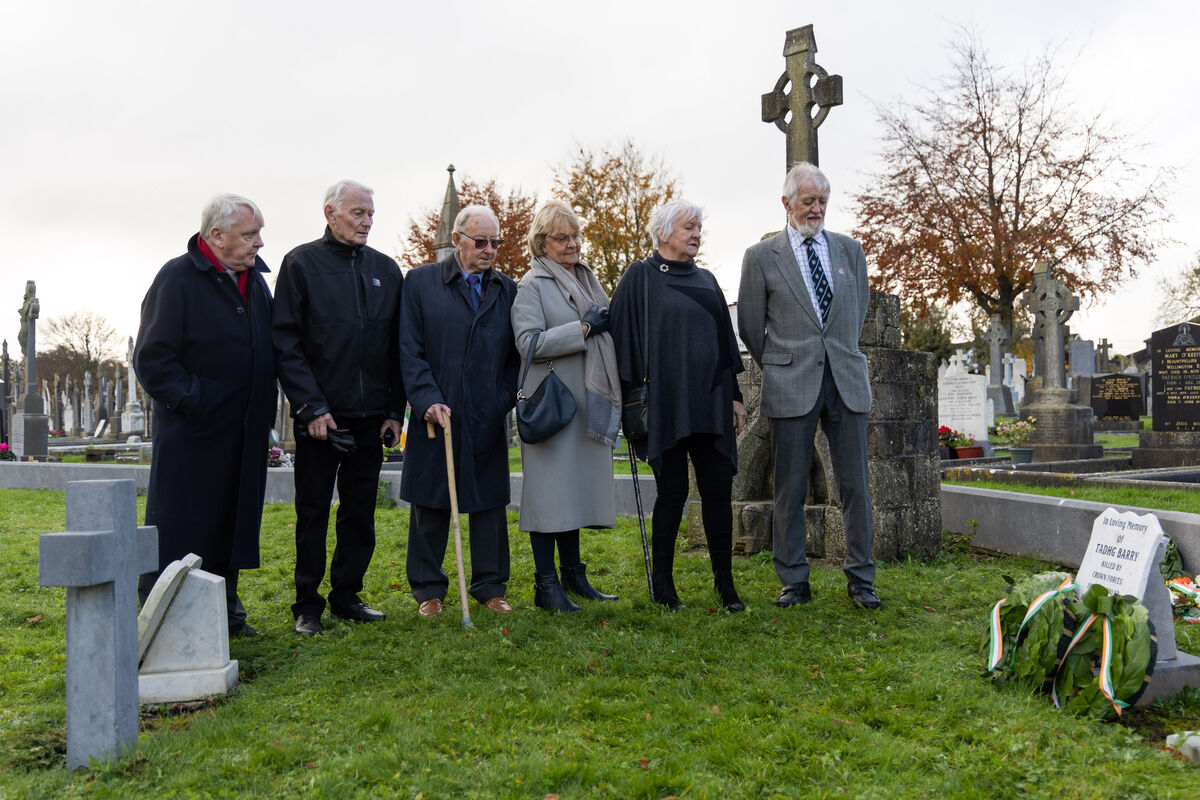
And he was elected as an alderman to the first Republican-led Cork Corporation in the breakthrough local elections of January 1920, but was arrested a year later and sent to Ballykinlar internment camp, where he was shot dead by a sentry for apparently not stepping back from a fence as he waved to comrades who had been paroled.
On the centenary of his death, Lord Mayor Cllr Colm Kelleher unveiled a commemorative plaque at 54 Blarney Street, the house where Barry was born and raised, he attended a wreath-laying ceremony at his grave at the Republican Plot in St Finbarr’s Cemetery, before attending a tree-planting ceremony at Barry’s alma mater, the North Monastery.
He later opened a new historical exhibition 'Tadhg Barry (1880-1921): Rebel and Revolutionary' at Cork City and County Archives in Blackpool.
The exhibition, part of Cork City Council’s Decade of Centenaries 2021 programme, seeks to mark Barry’s life and to raise awareness of his enormous contribution to the story of Cork in that tumultuous period.
Mr Kelleher said it was a privilege to honour Barry’s memory.
“Tadhg Barry’s contribution to the struggle for independence was multi-layered – not only was he a member of the First Cork Brigade, but he was also a well-known journalist, poet, member of the GAA, trade unionist, and socialist,” he said.
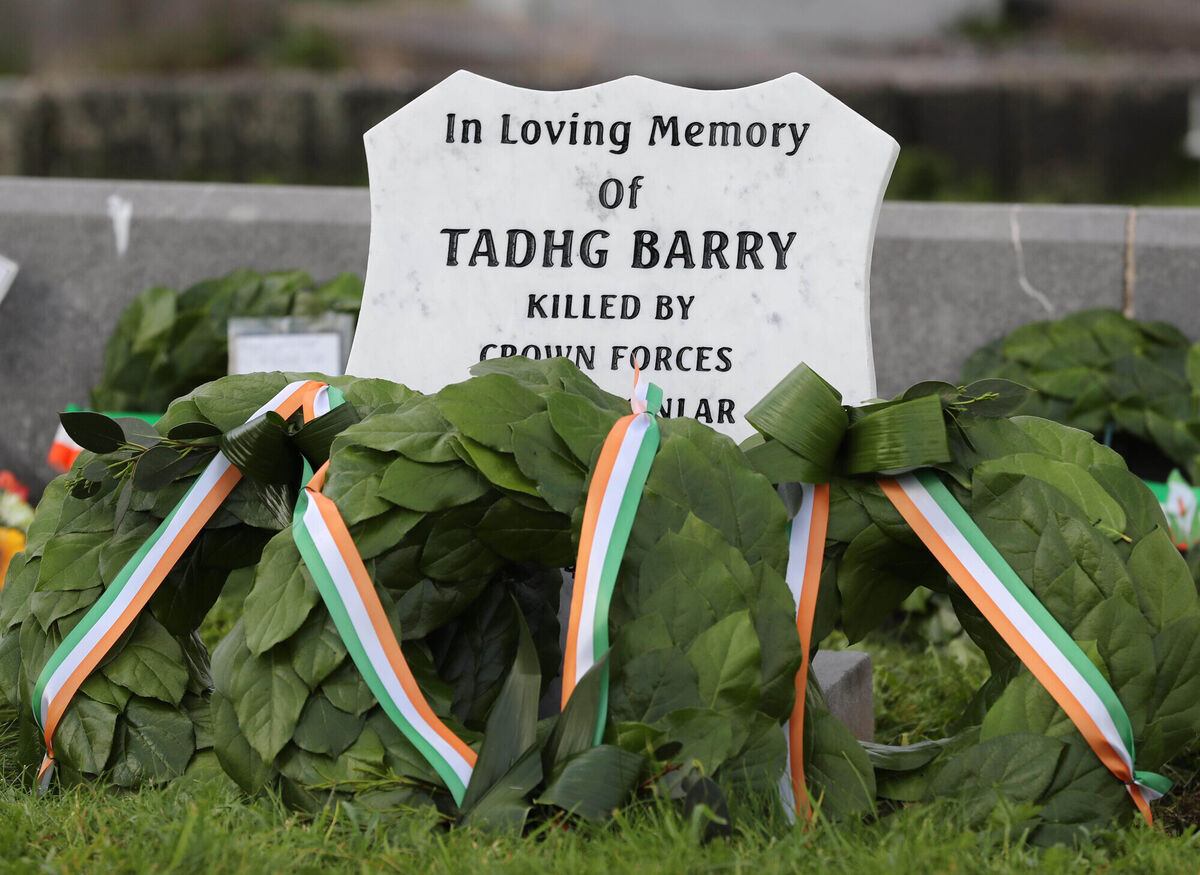
Curated by historian Dr Luke Dineen, the exhibition includes original letters, documents and artefacts which help place Barry’s life in context.
The exhibition will run at the archives building until April 1, 2022.
Public access is by appointment, subject to public health guidance. Small groups are also welcome by prior arrangement, with details at corkarchives.ie.




